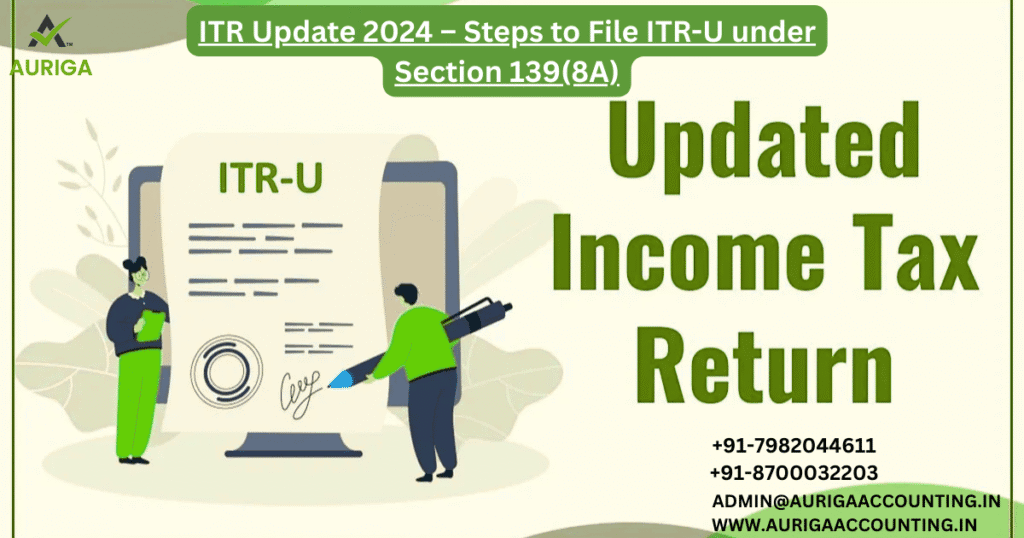Income Tax Return (ITR) is a mandatory annual declaration for taxpayers to report their financial income for the previous year to the government. In 2023, the Indian government introduced significant updates to the ITR process to increase transparency and compliance. These updates include the introduction of new ITR forms, pre-filled forms, and a stricter penalty regime for non-compliance. The government has also expanded the scope of tax reporting, requiring individuals to disclose more information about financial investments and foreign assets. These changes aim to enhance transparency and improve tax compliance across the country.
As 2023 progresses, taxpayers must stay informed about the latest updates related to ITR. It’s essential to keep track of these changes to ensure compliance with the evolving tax laws.
1. Introduction to ITR Update 2023
The ITR Update 2023 is set to transform the way taxpayers file their returns. The government is likely to introduce new forms, enhance digital infrastructure, and tighten compliance requirements. The updates aim to simplify the tax filing process while promoting greater transparency and accountability.
2. New Forms for ITR Update
A major change in the ITR Update 2023 is the introduction of new forms to simplify the filing process. The government is expected to streamline existing forms to make them more user-friendly. Taxpayers can anticipate a simplified version of the ITR-1 form for individuals earning up to INR 50 lakh. Additionally, new forms for businesses and professionals are expected to be rolled out.
3. Changes in Tax Laws and Regulations
The ITR Update 2023 will bring several significant changes in tax laws. The government will likely introduce provisions to curb tax evasion and enhance compliance. Tax laws will be stricter for high-net-worth individuals and businesses, while measures will be taken to promote the use of digital payment methods and discourage cash transactions.
4. Tips and Tricks for Filing Your ITR
Filing your ITR might seem daunting, but with proper preparation, it can be a smooth process. Here are some useful tips to help you file your return:
Start Early: Begin collecting all necessary documents early to avoid last-minute stress. This will ensure you have enough time to file your returns properly.
Choose the Correct Form: Ensure that you’re filing the correct form based on your income and tax liabilities. If unsure, consider seeking help from a tax professional.
Declare All Income: Make sure you report all sources of income, including rental income, capital gains, and interest income.
Claim Deductions: Take advantage of all eligible deductions under the Income Tax Act to reduce your taxable income.
Verify Your Return: After filing your ITR, verify it using your Aadhaar card or by sending a physical copy of the ITR-V to the Central Processing Centre.




